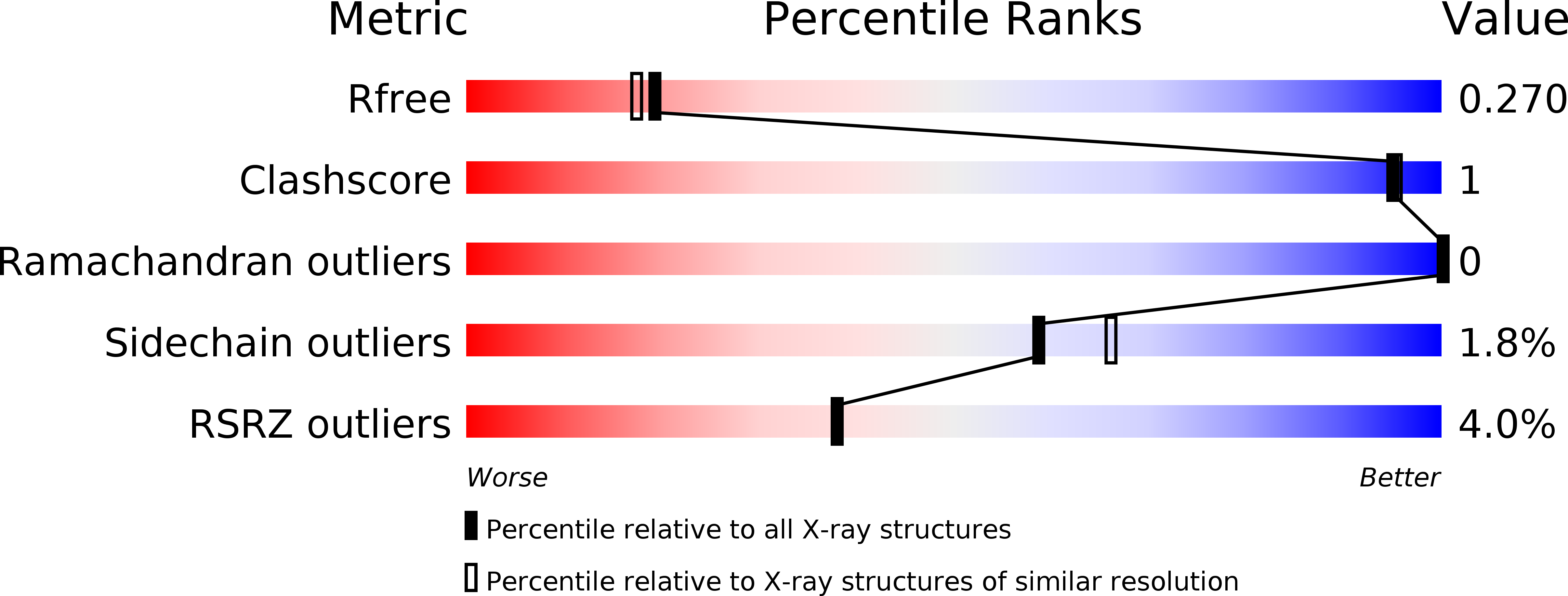
Deposition Date
2019-04-29
Release Date
2019-08-28
Last Version Date
2023-10-11
Entry Detail
PDB ID:
6OQY
Keywords:
Title:
Human LRH-1 bound to the agonist 6N and a fragment of the Tif2 coregulator
Biological Source:
Source Organism:
Homo sapiens (Taxon ID: 9606)
Host Organism:
Method Details:
Experimental Method:
Resolution:
2.23 Å
R-Value Free:
0.26
R-Value Work:
0.23
R-Value Observed:
0.23
Space Group:
P 43 21 2


